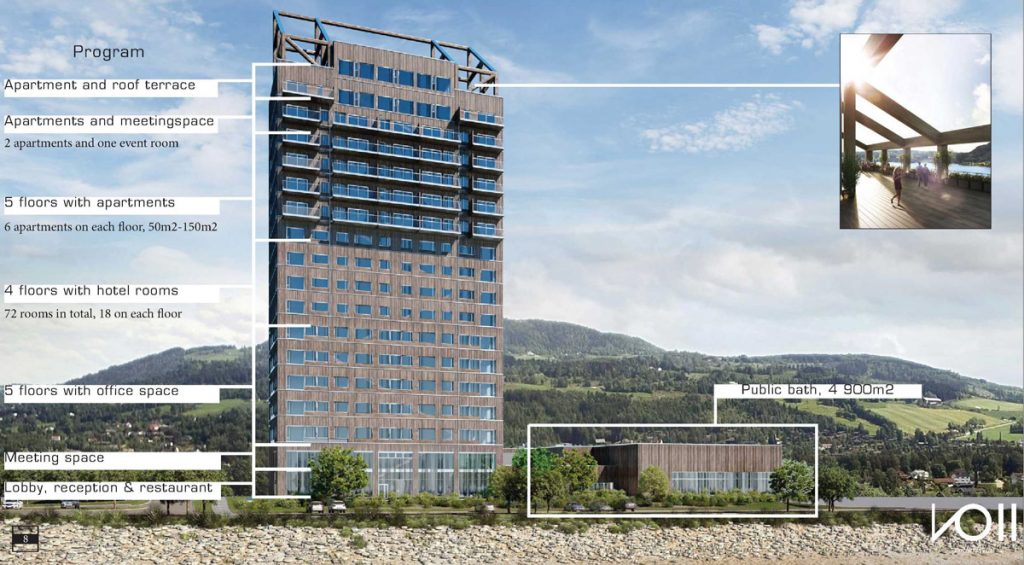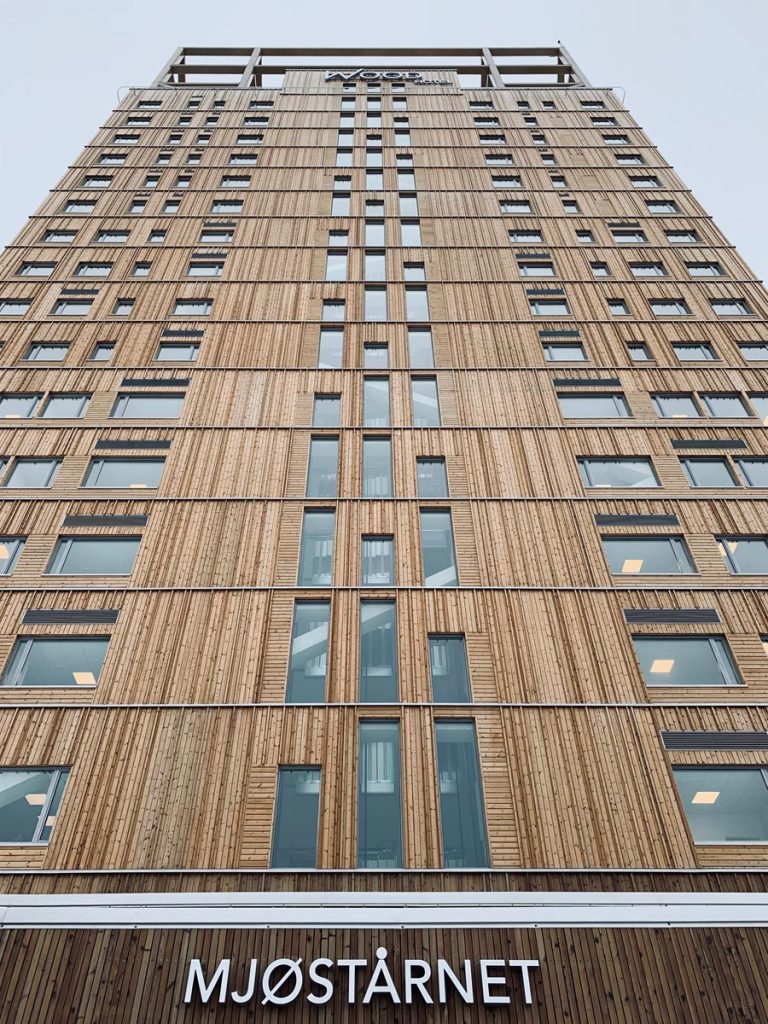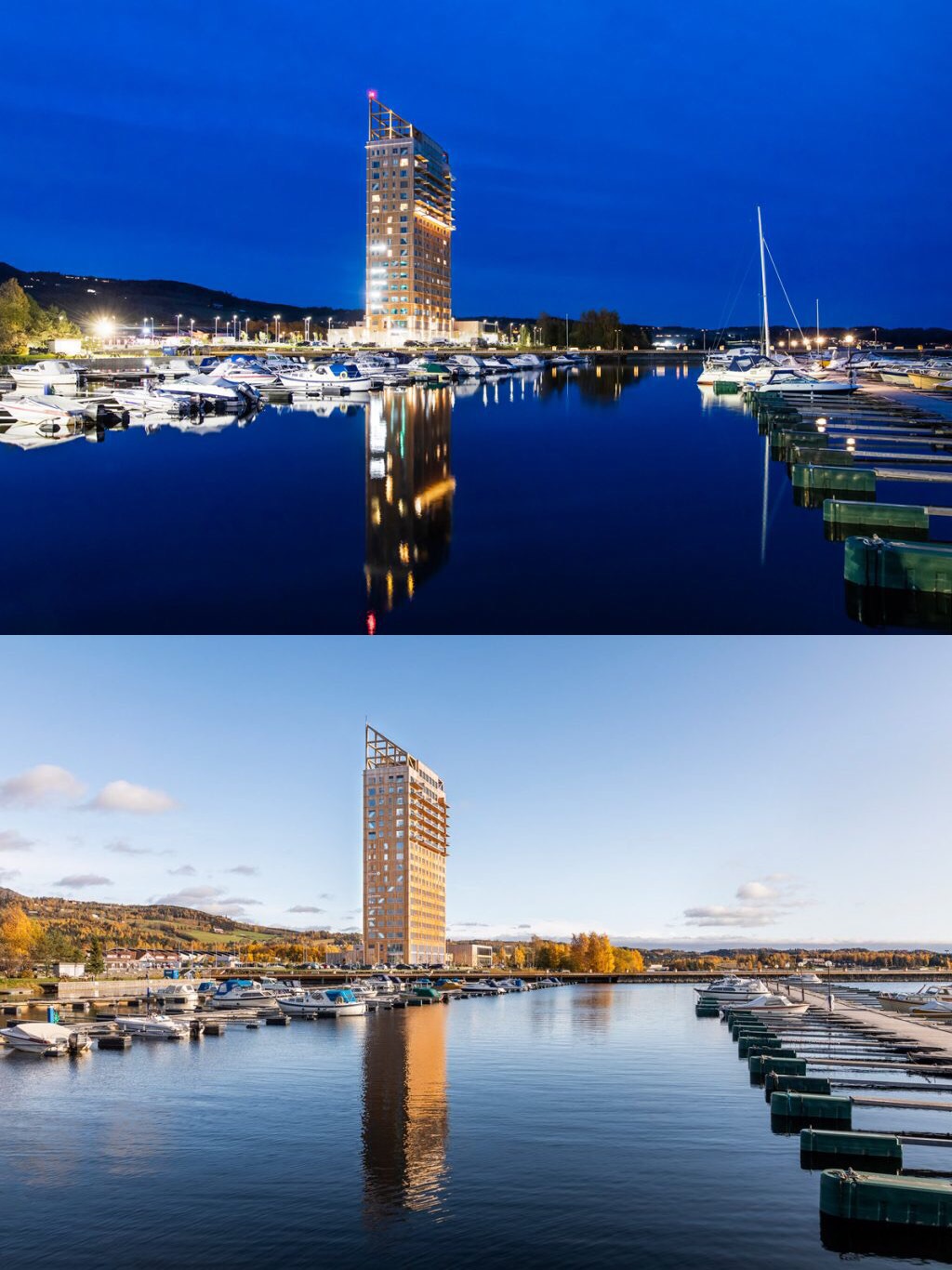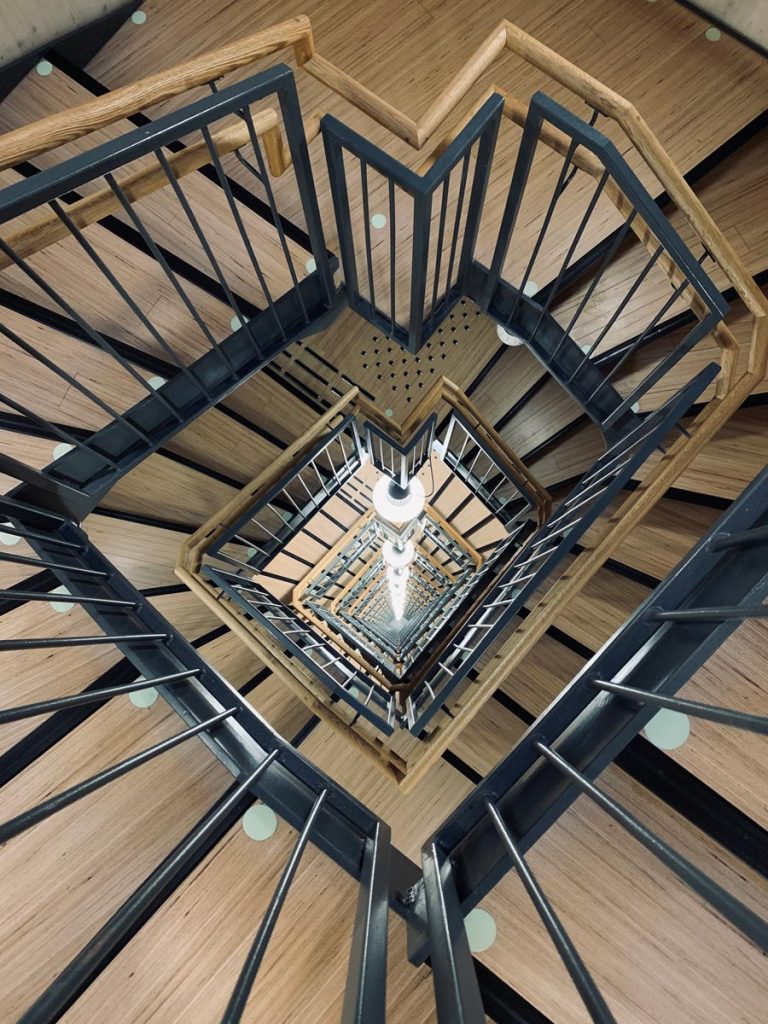
- Sustainable Planet -
- 5mins -
- 826 views
Check out (or even check into) Mjösa Tower — worlds tallest timber building
Mjøstårnet, or Mjösa Tower, in Brumunddal (Norway) is the world’s tallest wooden building — and a beacon of innovation pointing the way to a greener, more sustainable urban future.
The 85.4-metre-high tower was built using cross-laminated timber (CLT)
In this unique wooden construction, set on the shore of Norway’s largest lake, the traditional Norwegian wooden architecture meets modern technology. This allows prefabricated components to be preassembled at a factory then pieced together quickly on site. The tower houses a mix of homes, offices and hotel rooms, all built using primarily regional materials and sustainably sourced timber.

Mjøstårnet has taken the title of world’s tallest timber building
Mjøstårnet by Voll Arkitekter in Brumunddal, Norway, has been verified as the world’s tallest timber building by the Council on Tall Buildings and Urban Habitat. — reported Dezeen last year.
The 85.4-metre-high tower was built using cross-laminated timber (CLT), a pioneering material that allows architects to build tall buildings from sustainable wood.
It has taken the title of world’s tallest timber building from the 53-metre-high Brock Commons Tallwood House in Vancouver, which has a hybrid wood and concrete structure. Treet in Bergen, Norway, which is 49 metres high, used to be the tallest all timber building until Mjøstårnet completed in March 2019.
Mjøstårnet, the third-tallest building in the country, was designed by Norwegian practice Voll Arkitekter for AB Invest. The 18-storey mixed-use building contains apartments, the Wood Hotel, swimming pool, office space, and a restaurant
Timber specialist Moelven Limitre installed the building’s timber structure, including elevator shafts made entirely from CLT, and columns made from glued laminated timber (glulam). Glulam is made from wood that is planed then glued together to form columns or beams, and can be used in the place of concrete or steel elements.
Mjøstårnet was built four storeys at a time in five construction stages. An internal scaffolding and a large crane was used to hoist the pre-fabricated sections and floor slabs into place.
As Brumunddal is an area of Norway with a major forestry and wood processing industry the materials were sourced locally.
CLT and glulam are strong enough to support large loads, and using timber means the carbon absorbed from the atmosphere by the trees is locked into the structure permanently.
The Council on Tall Buildings and Urban Habitat (CTBUH) recently revised its guidelines to recognise timber as structural material in response to what it described as an "uptick" in the number of tall timber buildings around the world.
Source: Dezeen

The building and construction sector can reach net zero carbon emissions by 2050
As part of the London World Green Building Week last September, the World Green Building Council (WorldGBC) issued a bold new vision for how buildings and infrastructure around the world can reach 40% less embodied carbon emissions by 2030, and achieve 100% net zero emissions buildings by 2050.
Together, building and construction are responsible for 39% of all carbon emissions in the world, with operational emissions (from energy used to heat, cool and light buildings) accounting for 28%.
The remaining 11% comes from embodied carbon emissions, or ‘upfront’ carbon that is associated with materials and construction processes throughout the whole building lifecycle. WorldGBC’s vision to fully decarbonise the sector requires eliminating both operational and embodied carbon emissions.
Source: WorldGBC


WHY WOOD WORKS: HOW TREES COULD BE SOME OF OUR BEST ALLIES IN SOLVING THE CLIMATE CRISIS
Around half the world’s seven billion people are in urban areas today, and some futurists predict that by 2050, 75% of the people on earth will live and work in cities. The challenge is to find quality, affordable, and environmentally friendly housing for these billions of city dwellers. The answer may well be found in new architectural and engineering technologies that favour wood as the primary building material. For a gallery of wooden buildings and to learn more, click here.

